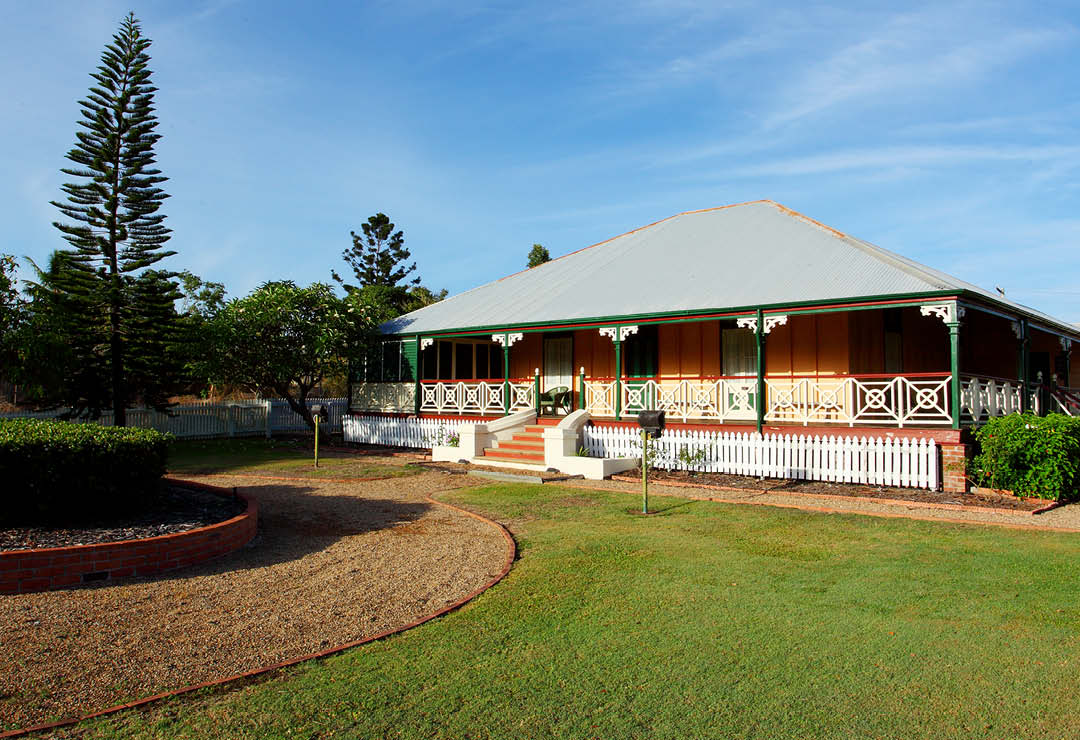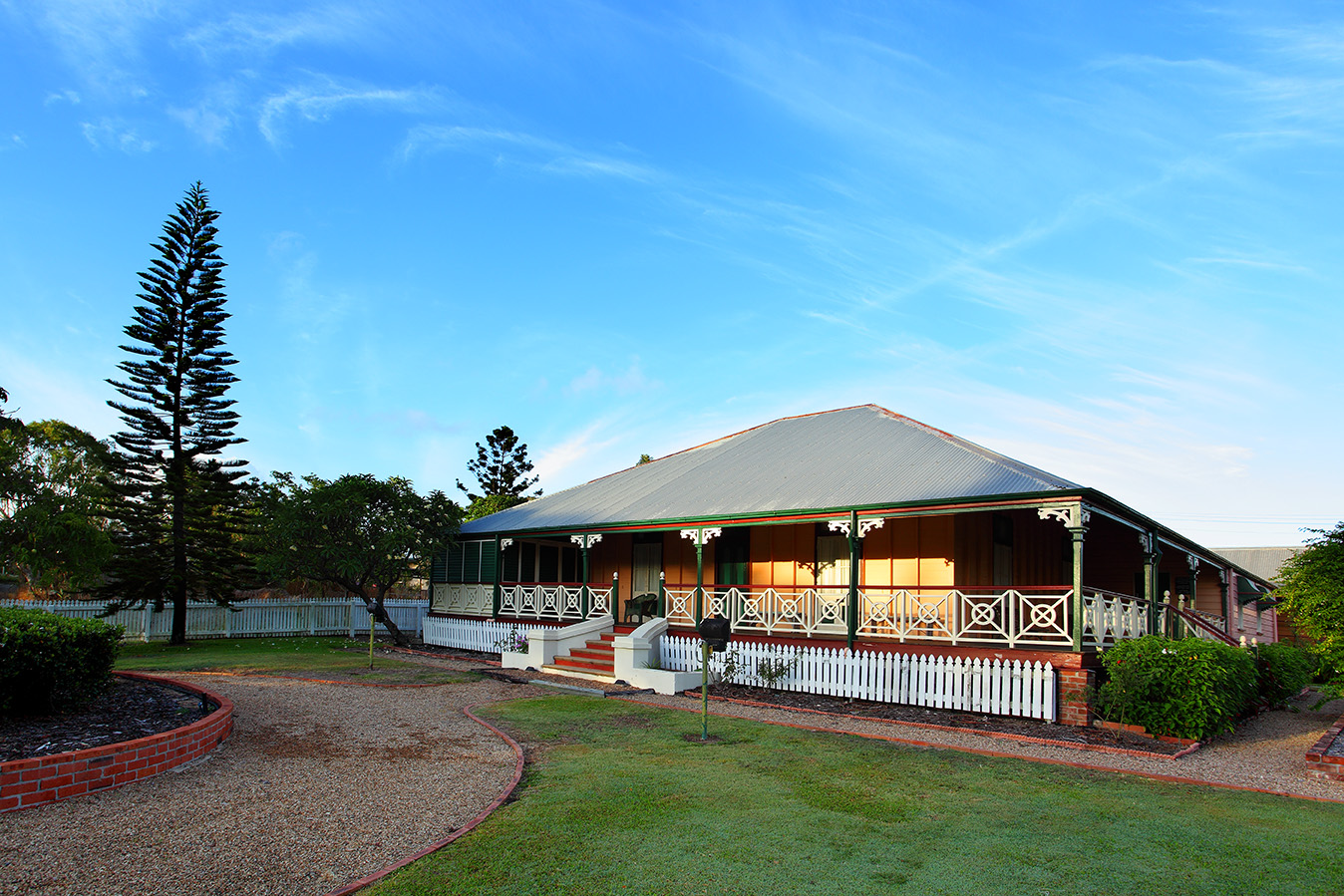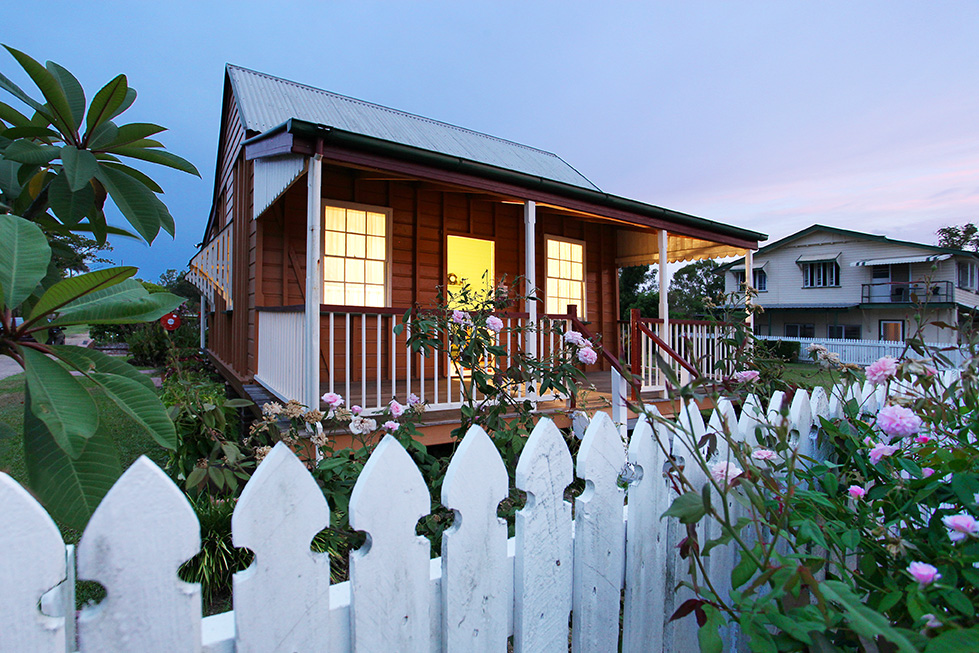History
Townsville Heritage Centre features three important heritage buildings. The Worker’s Dwelling from 1884 is a low-set typical north Queensland house with one bedroom, an open front verandah and enclosed rear verandah. To date it is the oldest example of a worker’s cottage identified as being built in Townsville. The villa residence of 1888, ‘Currajong’, is a large single-storey house, constructed of timber, with a wide verandah. Both houses have interesting furniture collections, some made in Townsville by well-known local manufacturers. ‘Currajong’ displays items from the Green Collection of Chinese and Japanese artefacts, dating from the era when Townsville was the home of the first Japanese Consulate in Australia over a hundred years ago.
World War II is also commemorated at the Centre. ‘Currajong’ was commandeered to serve as a RAAF Hospital during the war. For that reason the Australian Flag is always flown on the flagpole when the Centre is open to the public. Photographs of the wartime staffs and the medals of the first commandant, Dr Yeates, are always on display.
The 1921 Farmhouse keeps alive the memory of the 19th and 20th-century farms that have now disappeared under modern development. They played a vital role in supplying food before the railway along the Queensland coast opened in the 1920s. It is also typical of 19th and 20th-century houses on the farms surrounding Townsville. Its construction is quite different from that of the other two houses at the Centre. High-set on timber stumps, it had originally only one room on the upper floor, surrounded by a verandah. Later it was divided into two rooms by a passageway, with the verandah partly enclosed.




